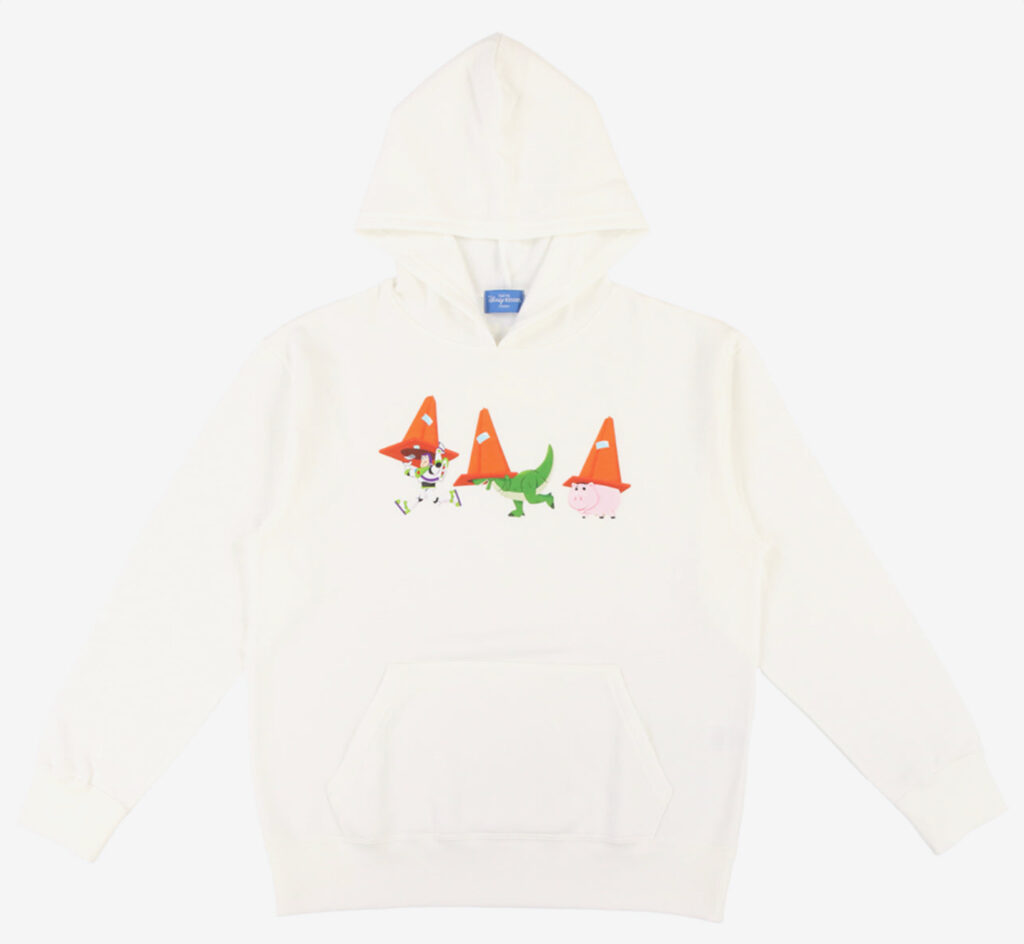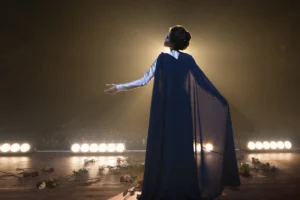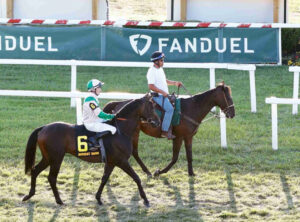In the cultural continuum of nostalgia, few emblems remain as vividly entrenched in our collective memory as Toy Story. When Pixar’s beloved universe of anthropomorphic toys debuted in 1995, it altered the very fabric of animated storytelling. Fast forward nearly three decades, and its characters—Woody, Buzz Lightyear, Jessie, Bo Peep, Rex, and others—are more than childhood playthings; they are emotional companions, metaphors for growth, loss, and loyalty. In this spirit of enduring connection, the Disney Pixar Toy Story “Toy Crossing” Character Sweatshirt emerges as a wearable artifact, equal parts homage and fashion statement.
The Garment as Cultural Canvas
Fashion, when distilled to its narrative essence, serves as an archive of cultural memory. The “Toy Crossing” sweatshirt aligns itself with this philosophy. On a canvas of soft, classic white fleece cotton, the garment brings the entire Toy Story ensemble into the light. Not in a nostalgic collage sense alone, but with deliberate linearity—characters march vertically down the sleeves in a formation that mimics a pedestrian crosswalk, a symbolic gesture towards unity, journey, and safe passage.
Each sleeve is a miniature museum: the left one features characters like Mr. Potato Head, Bo Peep, Slinky Dog, Buzz Lightyear, and the Aliens, while the right showcases Jessie, Babyface (Sid’s spider-baby hybrid), Bullseye, and Rex. At chest level, the classic “Toy Story” logo sits poised over the heart—a brand mark not just of media, but of emotional imprint.
Materiality Meets Storytelling
Crafted in a mid-weight cotton-polyester blend, the sweatshirt balances tactile comfort with lasting quality. The fabric is neither too light to betray its structure nor too heavy to confine movement. It invites casual lounging, playful outings, or even deliberate streetwear layering—a versatile stage for animated memory. The inner fleece lining offers warmth, cushioning the wearer with both physical and sentimental comfort.
Moreover, the positioning of characters along the sleeves is more than decorative. It evokes the rhythm of cinema frames—each character, a captured moment from an ongoing emotional reel. One doesn’t simply wear Buzz Lightyear or Rex; one carries their stories—Buzz’s boundless courage, Rex’s neurotic charm, Jessie’s emotional depth, and Slinky’s unwavering loyalty.
Aesthetic Composition and Pop Narrative
Visually, the sweatshirt resists the trap of being overly busy. It allows negative space to play its role, with the white backdrop amplifying the vibrancy of the animated figures. The arrangement isn’t cluttered or chaotic—it’s editorial. Each character appears in high-resolution print with rich tones and strong outlines, almost as if lifted from Pixar’s digital drawing board.
This layout also aligns with the contemporary graphic trend of sleeve-printed garments—a hallmark in skatewear and youth street fashion. It taps into the current design language without feeling like a corporate gimmick. The iconography serves dual purposes: celebration and rebellion, offering a nostalgic anchor for millennials and Gen Z while presenting Toy Story not as child’s play, but as timeless culture.
Emotion Woven in Fabric
To wear this sweatshirt is not merely to signal fandom—it’s to embrace Pixar’s foundational ethic: that objects, like stories, are imbued with soul. In a world increasingly obsessed with minimalism, this piece dares to be exuberant. It doesn’t mute its voice; it tells you who it is and where it comes from.
Consider the emotional economy of Toy Story: abandonment, aging, reinvention, camaraderie. These themes become subtly wearable in the “Toy Crossing” hoodie. The notion of characters crossing a path together mirrors the existential migrations we undertake—childhood to adolescence, innocence to self-awareness. For many wearers, this garment is less about fashion and more about emotional continuity.
Market Context and Cultural Positioning
From a consumer standpoint, this piece exists at the intersection of licensed apparel and lifestyle fashion. Unlike fast-fashion collaborations that treat characters as mere decorative assets, this sweatshirt echoes the approach of streetwear giants like Supreme, BAPE, or Kith—using pop culture as architectural structure, not accessory.
In recent years, fashion has increasingly become a vehicle for memory preservation. Whether it’s vintage band tees, anime collaborations, or cult-movie merchandise, the market has shown that sentiment is as valuable a currency as style. The “Toy Crossing” hoodie doesn’t pander to trends; it rides the wave of emotional luxury—an emerging genre where comfort meets identity.
Symbolism in Design
It’s easy to overlook the symbolism of a crosswalk, yet here it becomes powerful. A crosswalk is a passage, a liminal space between destinations. Much like the story arcs of Woody and Buzz, it represents transition—a movement from one phase of existence to another. The Toy Story characters printed in line down each arm reinforce this metaphor of onward movement, of sticking together while growing apart.
There’s a generational mirror in this symbolism. The original Toy Story audience, now in their late 20s or 30s, stand at their own crosswalks—between youth and adulthood, between memory and modernity. Wearing this sweatshirt is an invitation to pause mid-step and remember.
Functionality and Fit
The sweatshirt features a kangaroo pocket for added utility and a drawstring-free hood—offering ease of wear without interfering with the visuals. Its unisex cut makes it versatile across body types, and the ribbed cuffs and hem ensure a secure, classic silhouette. Whether worn as a primary layer or part of a larger ensemble, it maintains its integrity—stylish but never stiff.
Flow
The Disney Pixar Toy Story “Toy Crossing” Character Sweatshirt is more than a retail product—it is a narrative bridge. Between past and present. Between emotion and material. Between the static and the animated. It doesn’t aim to reinvent fashion, but it understands something profound: that what we wear often says what we cannot.
This sweatshirt isn’t just adorned with characters—it’s layered with meaning. It invites us not only to remember our favorite toys but to reflect on what they meant. To revisit the rooms in which we first met them. To realize that, like these toys, we too carry stories written in felt-tip memory.
So when someone asks about your sweatshirt, it’s not just a conversation about Toy Story. It’s a doorway to all that it stood for—friendship, fear, fun, and the eternal promise that no matter how old we get, our stories never really leave us. They just change sleeves.
No comments yet.








